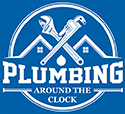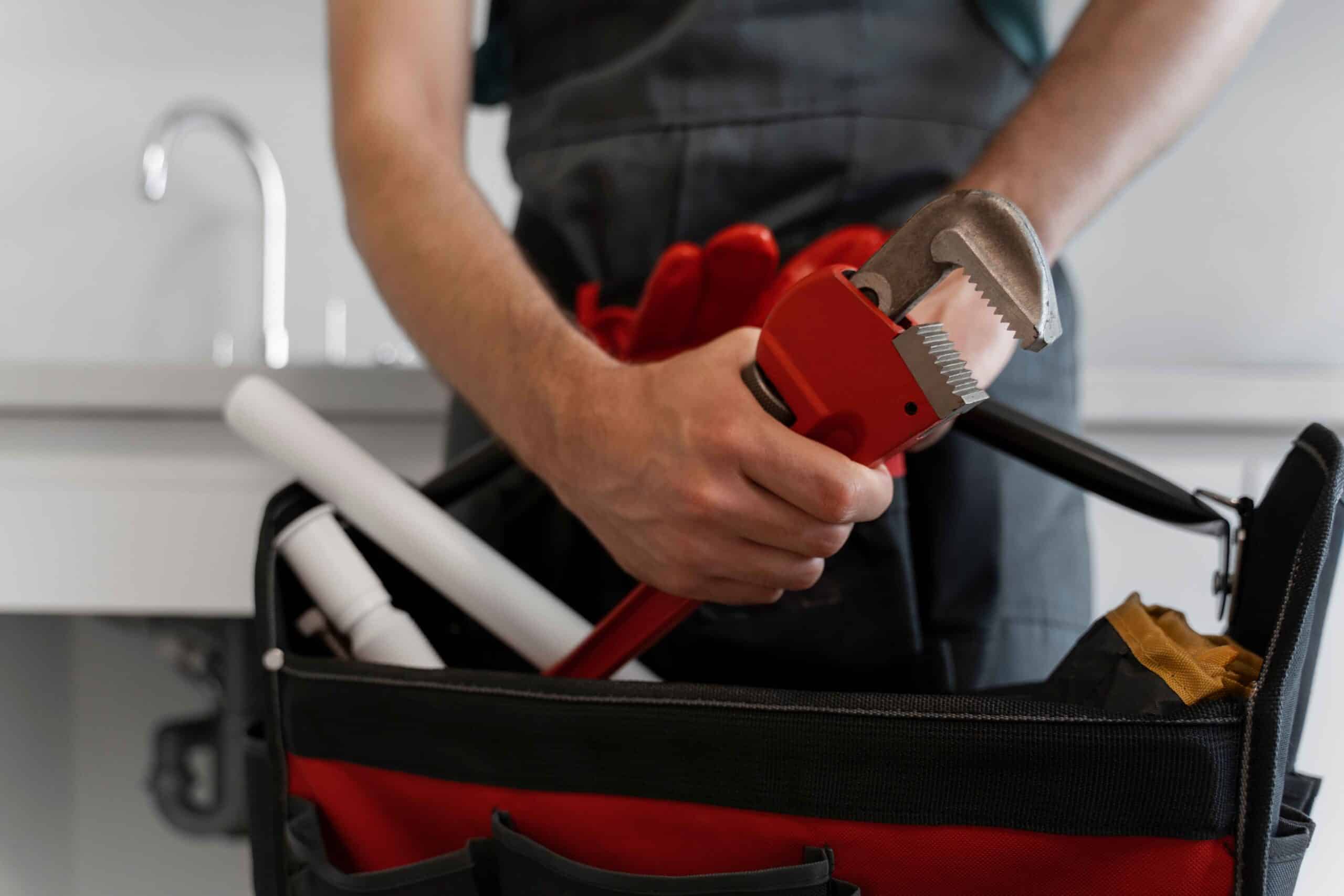
In the world of plumbing, having the right tools is critical for ensuring smooth installation, maintenance, and repair processes. This blog delves into some of the most essential tools that any local plumbing company would rely on for day-to-day operations. From the versatile pipe wrench, which provides reliable torque for handling fittings, to the precision of a pipe cutter ensuring leak-free connections, each tool serves a unique purpose in maintaining a functional plumbing system. We also explore the use of augers for efficiently clearing blockages and how pliers and plungers assist in various tasks, making them indispensable to any plumbing toolkit.
The pipe wrench is a versatile tool frequently used in plumbing for gripping, turning, and securely tightening pipes and fittings. It features an adjustable jaw that tightens around a pipe to provide a firm grip. The wrench’s teeth are designed to grip without damaging the pipe, allowing significant torque without slipping. Pipe wrenches come in various sizes to handle different pipe diameters, with larger wrenches offering more leverage for difficult fittings. It’s important to ensure the jaws are properly aligned with the pipe to prevent slipping or damage. Overall, the pipe wrench is a must-have tool for any plumber’s kit due to its ability to grip and turn pipes during installation or repair securely.
A plunger, often called a plumber’s helper, is used to unclog drains and pipes by generating suction and pressure to dislodge blockages. There are different types of plungers, with the cup plunger and flange plunger being the most common. The cup plunger is best for flat surfaces like sinks and tubs, while the flange plunger, with an extra rubber flap, is designed for toilets. To use a plunger effectively, it’s essential to create a tight seal over the drain opening. Proper technique involves pressing down firmly and pulling up to generate the pressure needed to remove blockages.
The pipe cutter is a key tool in plumbing, designed to cut pipes with precision and efficiency. Different types of pipe cutters, including rotary pipe cutters, soil pipe cutters, and tube cutters, are available for various pipe materials and sizes. Rotary pipe cutters are ideal for cutting copper, brass, and aluminum pipes, ensuring clean cuts without burrs. Soil pipe cutters are used for cast iron pipes, providing a fast and efficient cut. Tube cutters work well with plastic and thin-walled metal pipes. Using a pipe cutter properly ensures pipes fit together smoothly, reducing the risk of leaks in plumbing systems.
Pliers are essential hand tools in plumbing, offering precision in gripping, bending, and manipulating components. There are several types of pliers, including tongue-and-groove pliers, commonly known as Channellocks, which are perfect for gripping pipes and fittings. Needle-nose pliers are ideal for tight spaces and grabbing small objects, while pump pliers have adjustable jaws, making them useful for different component sizes. Slip-joint pliers are effective for tightening or loosening nuts and bolts. The serrated jaws of pliers ensure a firm grip, preventing slippage. Pliers are invaluable to plumbers for their ability to handle a variety of tasks with accuracy and control.
An auger is a specialized tool used in plumbing to clear blockages in drains and pipes. It breaks up or removes clogs effectively. Augers come in different forms, from handheld versions for minor clogs to motorized models for more stubborn blockages. Here are five key features of augers that make them essential in plumbing:
Other Plumbing Tips:
| M | T | W | T | F | S | S |
|---|---|---|---|---|---|---|
| 1 | 2 | 3 | 4 | |||
| 5 | 6 | 7 | 8 | 9 | 10 | 11 |
| 12 | 13 | 14 | 15 | 16 | 17 | 18 |
| 19 | 20 | 21 | 22 | 23 | 24 | 25 |
| 26 | 27 | 28 | 29 | 30 | 31 | |

